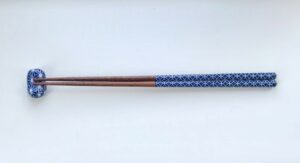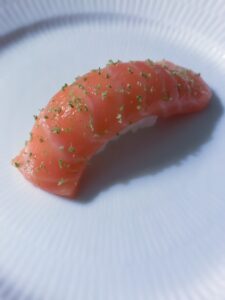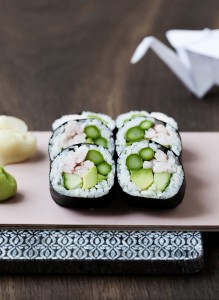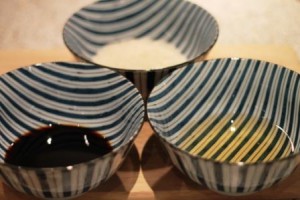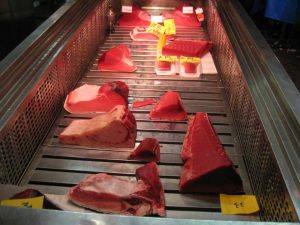I have been coming to Japan since 2004. Over the years, I have eaten a lot of sushi. It ranges from everyday sushi to sushi served at Michelin restaurants.
In my eyes, sushi is not expensive in Japan.
Here I look at the quality you get for your money. Whether you buy everyday sushi or gourmet sushi in Japan, it is cheap compared to sushi restaurants in Europe.
There are several reasons for this.
In Japan, only 8% is paid in tax on restaurant invoices and take-away food. That in itself is a pretty big saving. It can be felt especially if you often go out and eat.
The competition among restaurants is very fierce.
As in Europe, restaurateurs want to have filled restaurants all week opening days. It is also important that the food is of a high quality and that guests are happy. There are also many restaurants that maintain a price level where their customers can afford to come and eat.
At the Sushi course for beginners, you learn step by step how to make sushi with the most in-demand ingredients in Europe.
_
Zoë has lectured and held sushi courses for A. P. Moller – Maersk, Hugo Boss Nordic, Novo Nordisk, Novartis, Velux, Gorrissen Federspiel, Beierholm revision, Elbek & Vejrup and many more.



